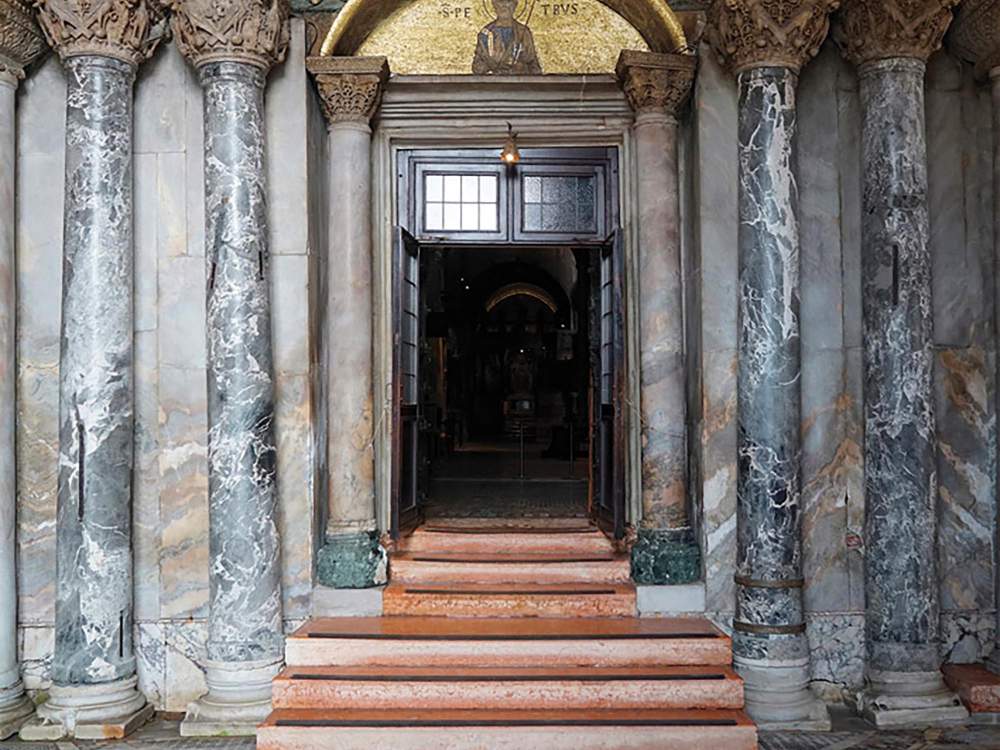Ancient Romans believed that when royal babies were about to be born, the room walls should be covered in drapes of porpora, the royal purple.
Colour had immense significance then, more so than it does today, precisely because there was so little of it. Each colour was a symbol of something, and porpora was the colour of nobility, it symbolised the type of luxury that cannot be bought, only born in. In ancient Rome, a true emperor should get used to the extravagance that comes with his status from the day he enters the world, if he is to play his part right. He would almost exclusively wear royal purple, but the real statement was not in their robes but what surrounded them, the objects and ornaments adorning their palaces.
Marble was the most precious material available, and porphiry was the most precious marble of all. Porphiry was the true royal marble as it was the same colour as porpora, but also because it was, and is, the toughest marble anyone has ever seen. It is incredibly hard even to make a dent in it, and to this day no one really knows how the Romans, and later the Byzantines, managed to sculpt statues and sarcophagi out of it. Even plain columns were an extraordinary achievement, and displaying a porphiry column meant you were rich enough to pay for all the work that went into carving it, or powerful enough to have it done for free. There was an aura attached to porphiry, symbolising unparalleled power, and it is noticeable that it is the only marble which remains shiny without having to clean it or wipe it, unlike with other marbles.
The Romans were the first to fashion porphiry columns, until the Byzantines stole them in the early middle-ages, took them eastward to Constantinople, and showcased them to the world as a way of announcing that they now were the new Roman Empire. And after them, Venice did very much the same during their looting of Constantinople in 1204, and placed the columns at the entrance of the Basilica and on the inside as you can see. Venetians were effectively telling everyone: “we are the new Rome”.
Now, aside from porphiry there are countless other marbles in the world, and you need only look around the Basilica to lose count of them. Next in line of importance were certainly the green marbles, especially the Serpentine, a dark green marble which, since the days of ancient Rome, was often paired with porphiry of course, whether in columns, round medallions or patterns of various kinds across the floor. Aside from these two great marbles, the variety is so rich that initially one may simply enjoy the splendid polychrome combinations.






